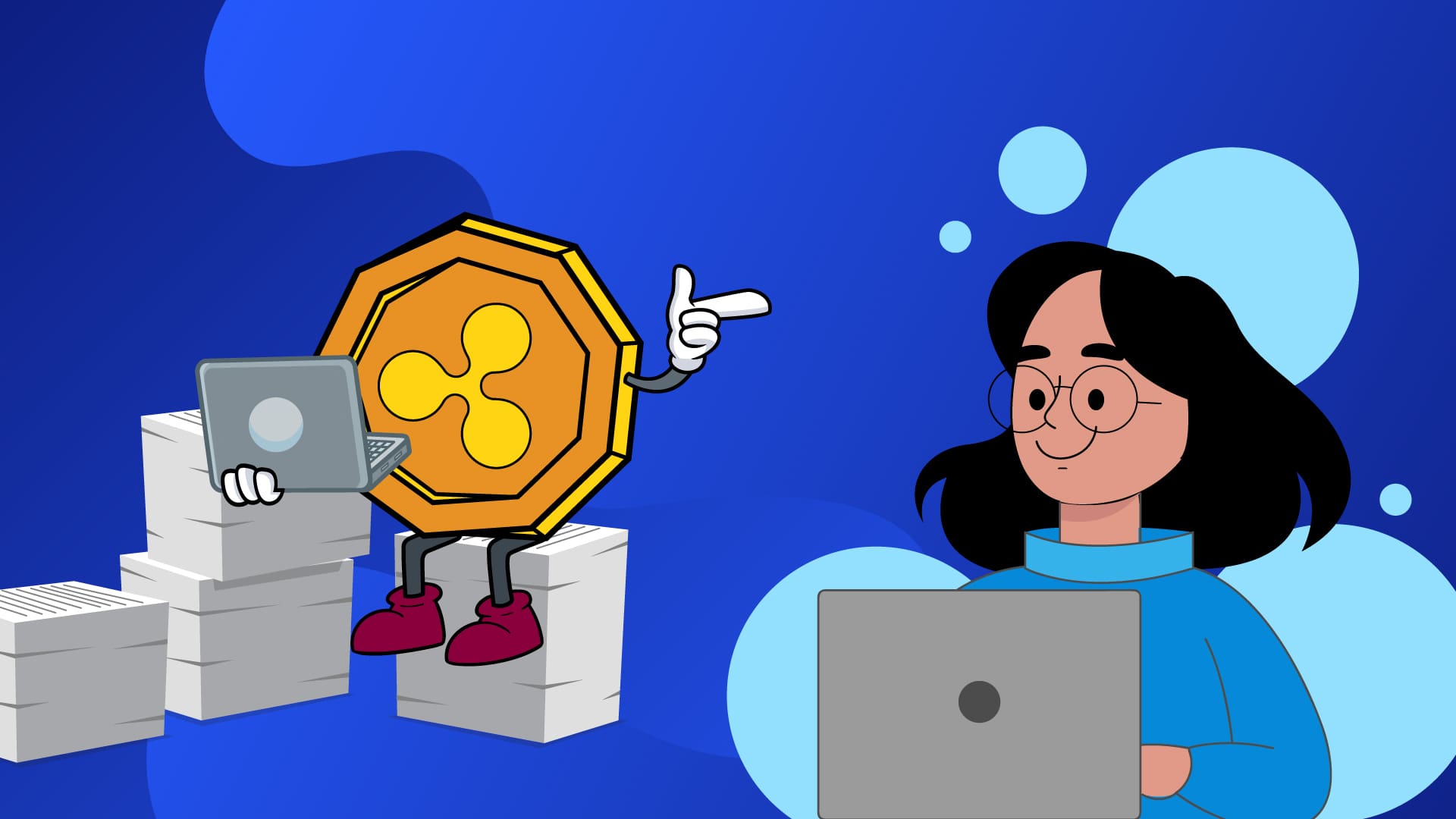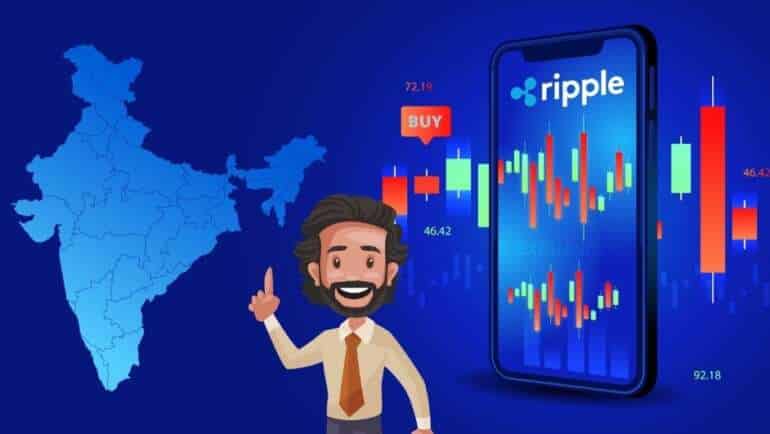
Ripple XRP Glossary – A Comprehensive Study
Ripple is a currency exchange, remittance network, and predominantly a gross settlement system for international financial transactions. Its significance lies in the fact that the transaction cost is very minimal to nearly free and the processing time is under 5 seconds.
Unlike other cryptocurrencies that are mined like Bitcoin, Litecoin, etc., Ripple uses a consensus algorithm for confirming and validating transactions. Thus, every transaction on the Ripple network uses very little energy, also, the transactions are confirmed much faster while it costs very little to none depending on the transaction amount whether it is traditional currency or cryptocurrency.
Ripple is backed by an open-source distributed ledger where it uses the native cryptocurrency, XRP for processing transactions. That said, there are certain important terms that one needs to know when dealing with the Ripple network and its native crypto token, XRP.
Ripple XRP Glossary – Summarized Features
RTXP: Ripple Transaction Protocol or RTXP is another name of Ripple, which is an RTGS (Real-time Gross Settlements) system for currency exchange (fiat and crypto) and faster global money transfers. RTXP is built upon an open-source distributed consensus ledger where Ripple uses its native currency XRP.
- Centralized: Ripple is owned by the company by the same name. It is one of the reasons many consider the Ripple network to be a centralized system. However, the company claims that the open-source distributed ledger based on the RPCA or the Ripple Protocol Consensus Algorithm is decentralized in nature.
- Decentralized: While Ripple owns the majority of XRP, making it centralized, Ripple’s blockchain (ledger) is controlled by multiple users, which makes it decentralized.
- XRP Ledger: The XRP Ledger is an online payments system, powered by a community without a central authority. Anyone can access Ripple, a peer-to-peer network to manage the ledger. The XRP Ledger uses Ripple’s native currency XRP for representing the transfer of currencies across the Ripple global payments network.
- XRP: It is the native currency of the Ripple network. XRP acts as a mediator for exchanging both fiat and cryptocurrencies. XRP is also used to ensure quick liquidity where users can convert their currency to XRP for cross-border money transfers where the recipients can exchange the same for currency or crypto of their choice and earn profit by trading them. Users should explore XRP price forecast to earn more profit on their investments.
- Ripple Net: It is a network of institutional payment-providers including banks, financial institutions, money services businesses, etc., where these institutions make use of Ripple-developed money transfer solutions to facilitate seamless, faster, and cheaper cross-border transactions.
- RippleX: As an open platform for money, RippleX offers tools, programs, and services for developers for integrating money into apps by leveraging XRP for facilitating micropayments, e-commerce transactions, currency exchange, and the exchange of virtual goods across games, etc.
- Mining: The process of obtaining cryptocurrency like Bitcoin as a reward for completing complex mathematical problems is referred to as cryptocurrency mining. Unlike other crypto coins that can be mined like Bitcoin, Litecoin, etc., XRP coin, the currency of Ripple, cannot be mined. Because, unlike the cryptos that can be mined, only Ripple can create and release XRP. That said, while bitcoin mining releases new bitcoins in the market, only 100 billion XRP tokens were ever created and released by Ripple all at once.
- Consensus: Rather than the proof-of-work algorithms used by Bitcoin, Ethereum, for instance, Ripple uses the consensus validation system or the Ripple Protocol consensus algorithm. Thus, while a typical Bitcoin transaction takes approximately 10 minutes for confirmation and validation, transactions on the Ripple network are confirmed and validated in approximately 5 seconds.
- Open Source: Originally open-source software, open-source means anyone can access the network or platform to view, modify, and distribute its contents. In the case of Ripple, it operates on a P2P, open-source, decentralized platform, enabling faster cross-border transactions of both fiat or traditional currency and cryptocurrencies.
Conclusion
Ripple is a real-time gross settlement system (RTGS) that is based on an open-source distributed ledger. Compared to the traditional means of cross-border transactions, the Ripple payment technology enables faster transactions at a very low cost. XRP is the native currency of the Ripple platform where the currency’s main purpose is to enable quick liquidity for instant money transfers. This article provides some of the most commonly used terms one must know concerning the Ripple platform.

